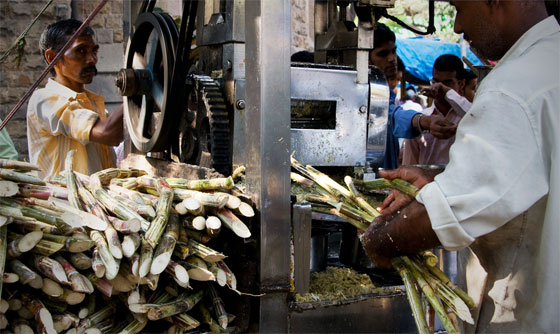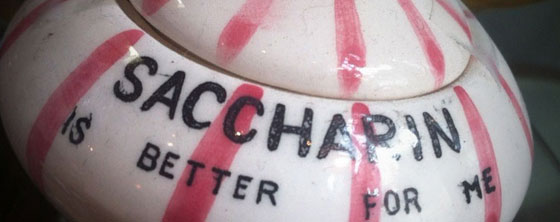Stop for a moment and think about the last few things you ate or drank. Were any of them sweet? How did that sweetness come to be?
This morning, I had an all-natural energy drink in lieu of a cup of coffee. I chose one sweetened with evaporated cane juice, but I could have picked the low-calorie version with Stevia. Sweeteners are incredibly interesting (at least to me). There are many options, both natural and artificial. I’ve been researching these for the last two years, and this marks the first in a series of a posts about sweeteners.
Natural sweeteners
Natural sweeteners are derived from natural sources, mostly plants. Here’s a brief list:
- Cane juice.
- Cane sugar.
- Refined sugar.
- Fructose.
- Xylitol.
- Stevia.
- Sorbitol.
- High fructose corn syrup*
To reach consumer products, natural sweeteners require processing, and the amount of processing is a major variable. For example, high fructose corn syrup is on the natural list because it comes from corn. But it’s not like you can crack an ear of corn in half and get the sugary corn syrup to pour out — instead, HFCS is a byproduct of a Rube Goldberg machine that aims to turn every last gram of corn into something usable.
At the opposite end of the processing continuum, cane juice is a popular drink in some cultures and obtained by simply pressing a juicy sugarcane plant.

Artificial sweeteners
These artificial sweeteners have been approved for human consumption by the US Food and Drug Administration.
- Aspartame.
- Sucralose.
- Neotame.
- Acesulfame potassium.
- Saccharin.
Artificial sweeteners, particularly aspartame, are most commonly found in beverages. Saccharis and acesulfame potassium (acesulfame K) are also found in beverages, though less often because of public perception of them as carcinogens.
Brand-name artificial sweeteners are derivatives of these. For example, Splenda is sucralose, and Sweet’n Low includes saccharin.
